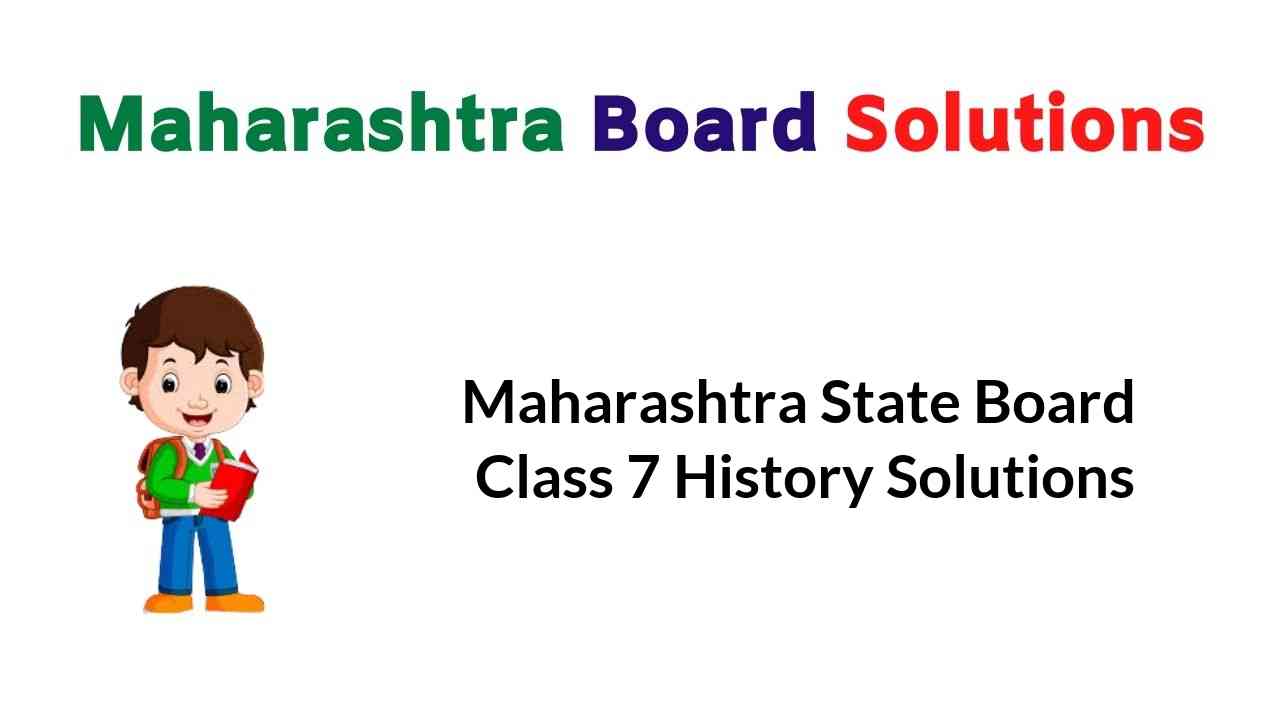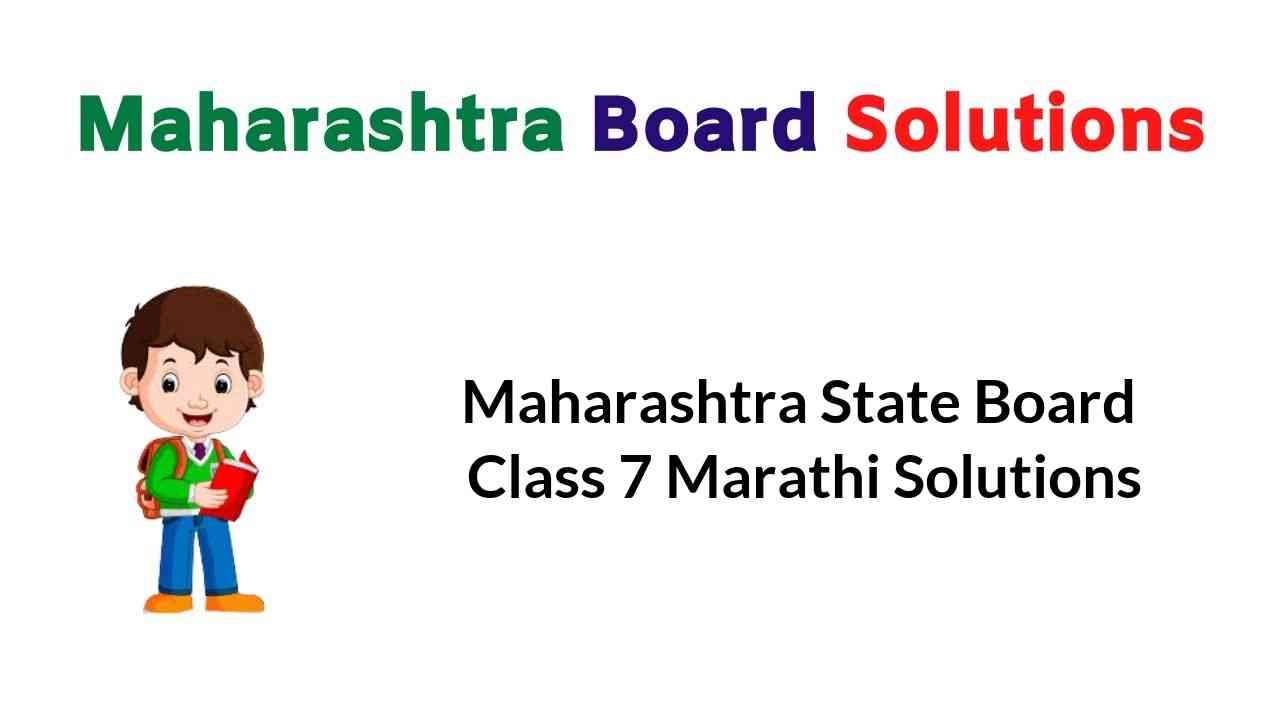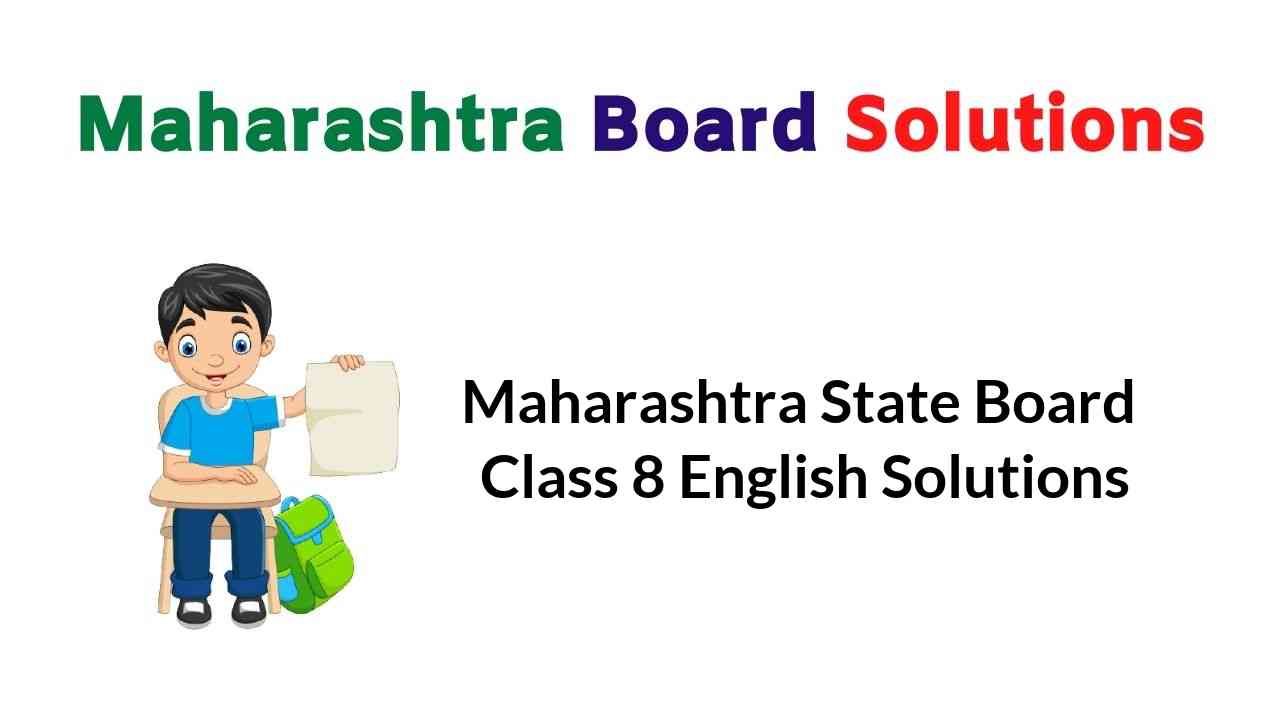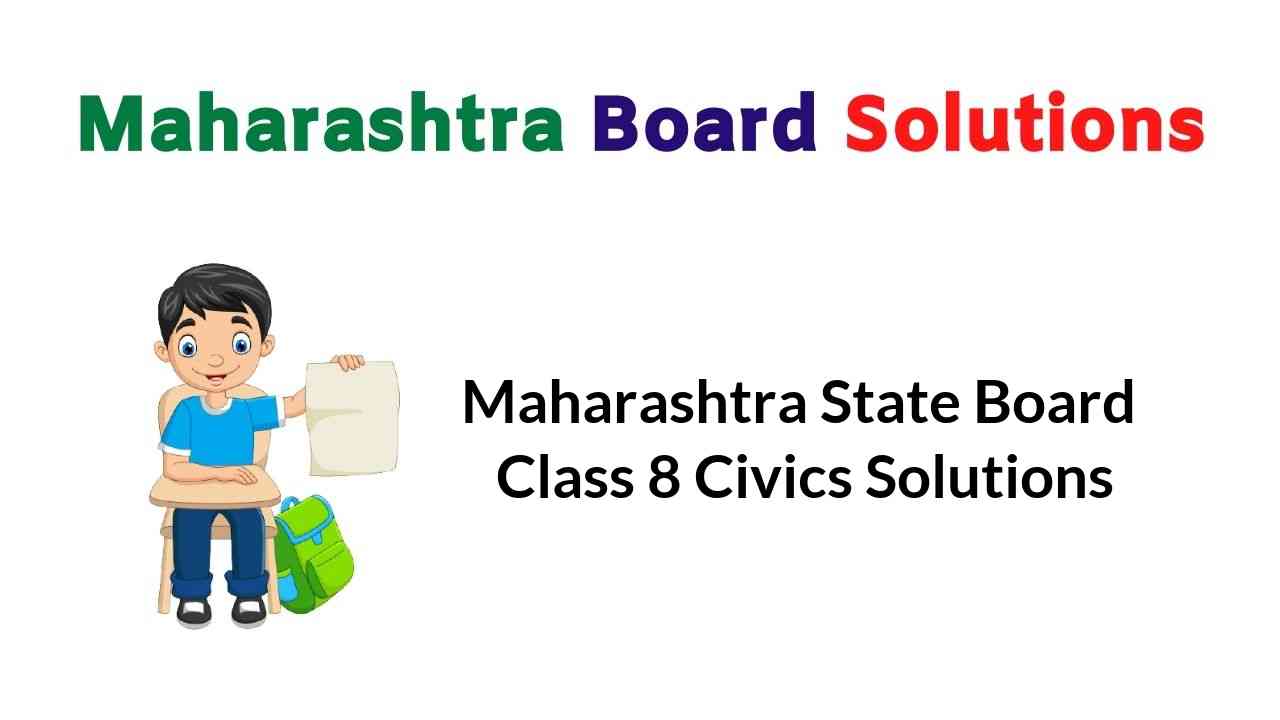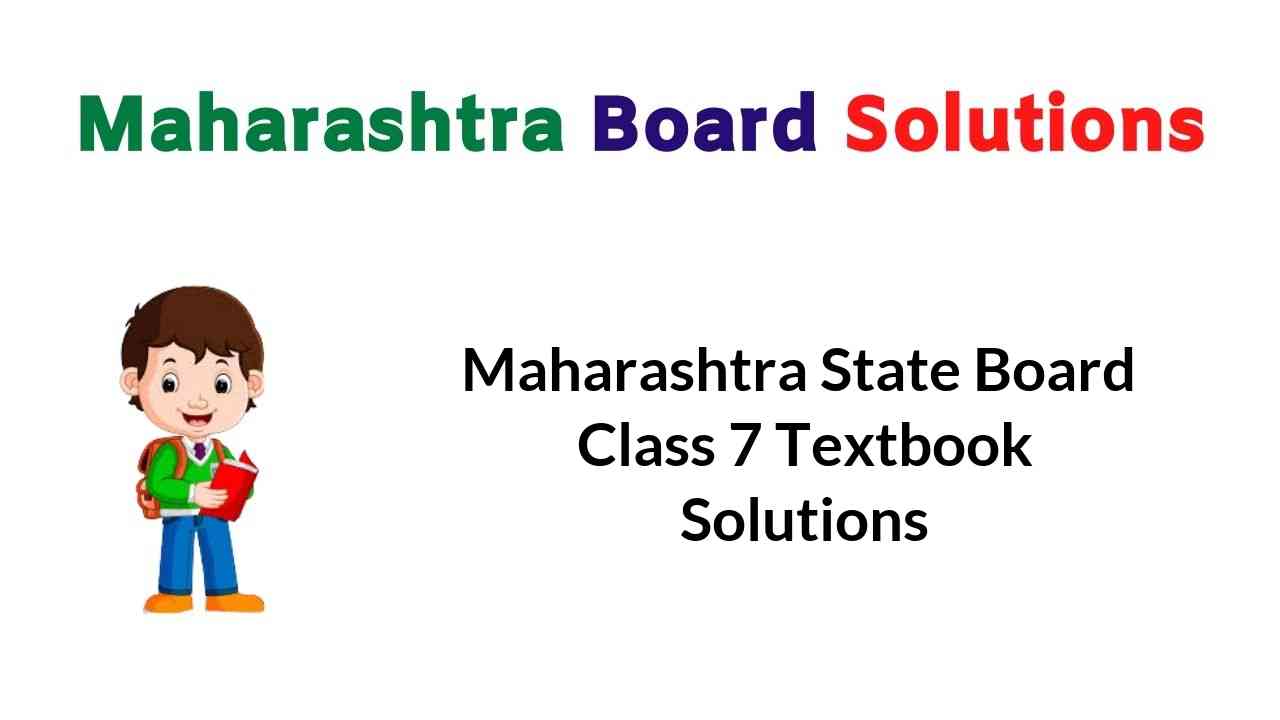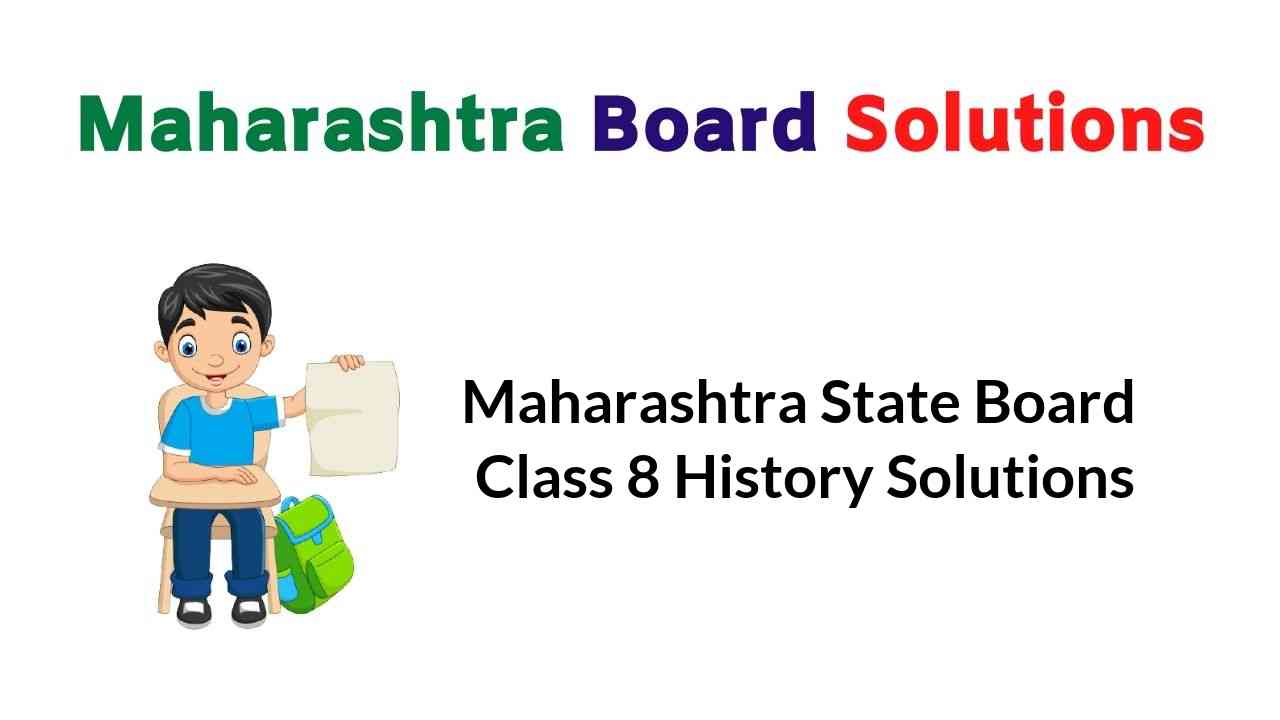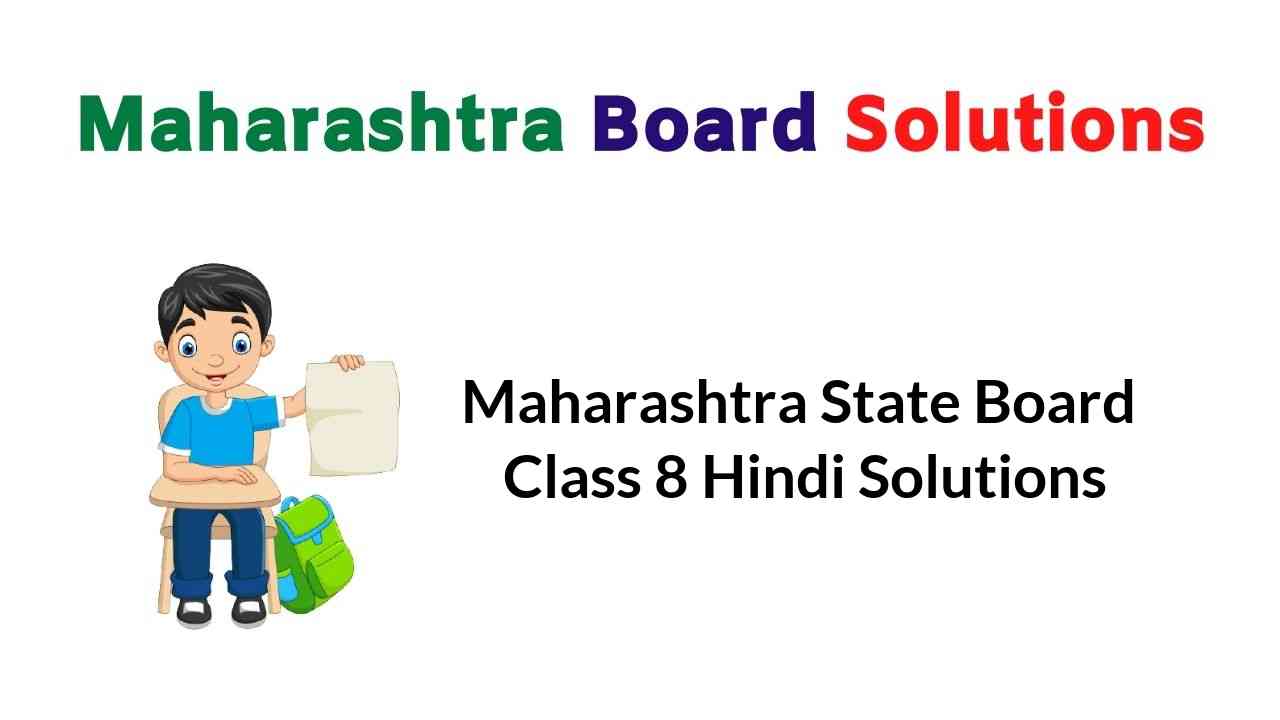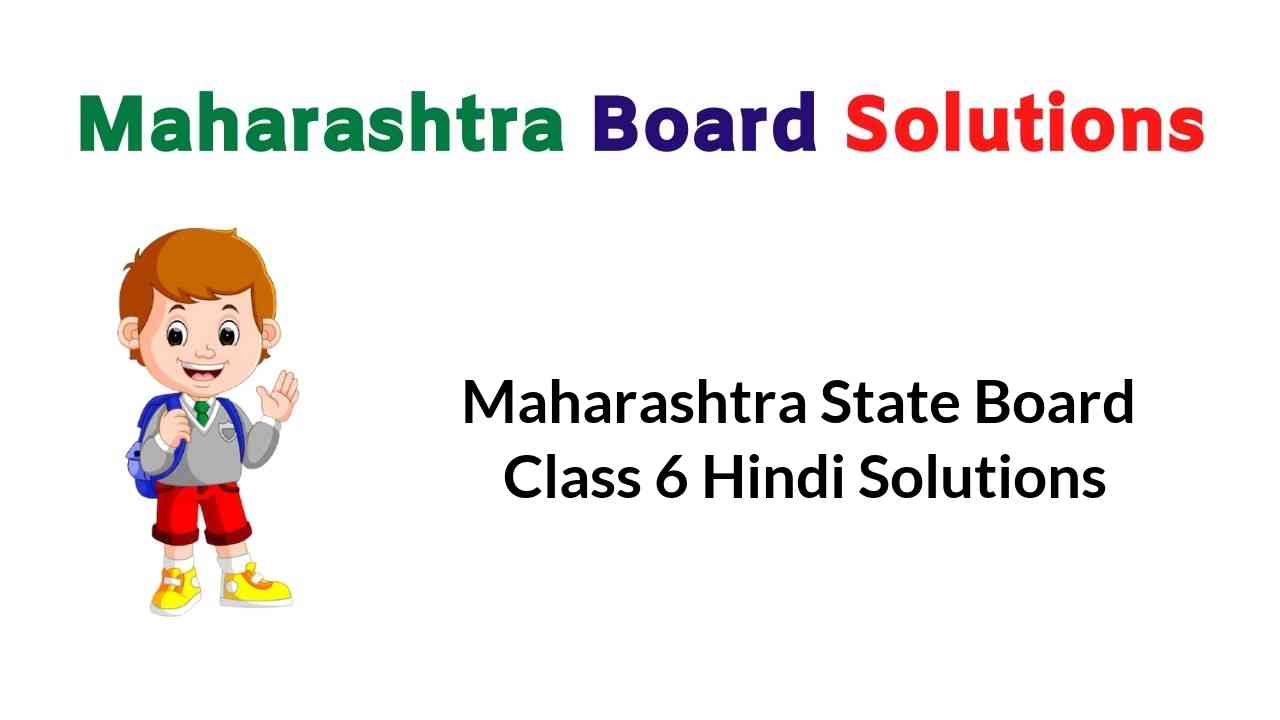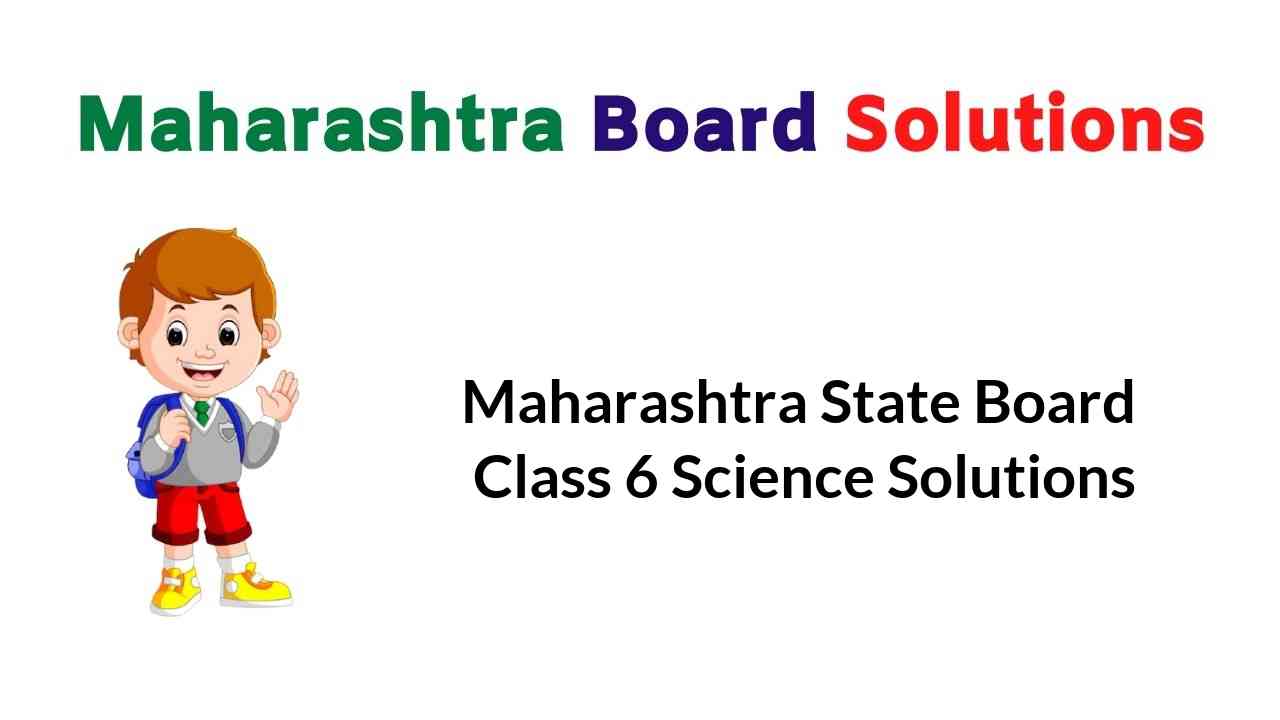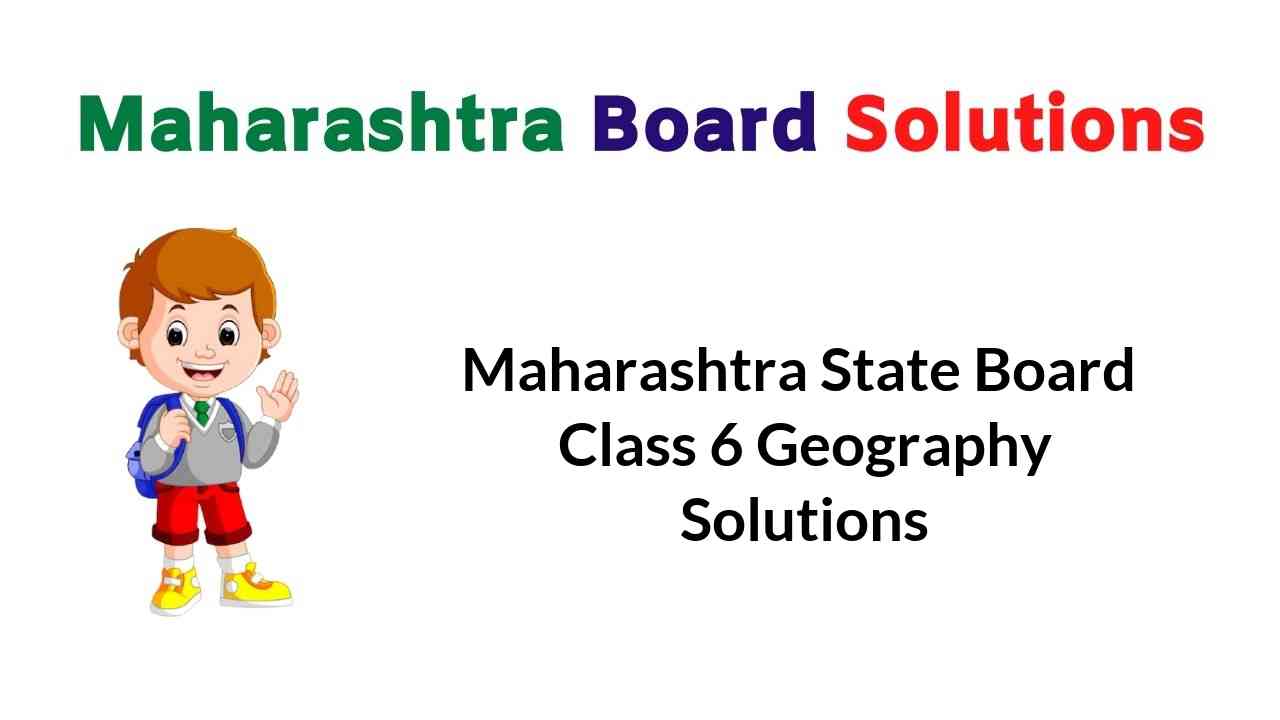Maharashtra State Board Class 8 English Balbharati Solutions are solved by experts and will guide students in the right direction. Students can get how to tackle different questions easily by referring to the Maharashtra Board English Balbharati Digest Std 8 Answers on a regular basis. We have curated the Balbharti English Textbook Std 8 Solutions Free PDF Download through the direct links existing below.
Students can also check out the Maharashtra State Board Class 8 Hindi Solutions & Maharashtra State Board Class 8 Maths Solutions & Maharashtra State Board Class 8 Science Solutions here that will help you prepare for the exams.
Maharashtra State Board 8th Std English Balbharati Textbook Solutions
English Balbharati Std 8 Answers Solutions Unit 1
English Balbharati Digest Std 8 Maharashtra Board PDF Unit 2
Balbharti English Textbook Std 8 Solutions Unit 3
Std 8th English Workbook Answers Maharashtra Board Unit 4
Maharashtra State Board Class 8 Textbook Solutions
